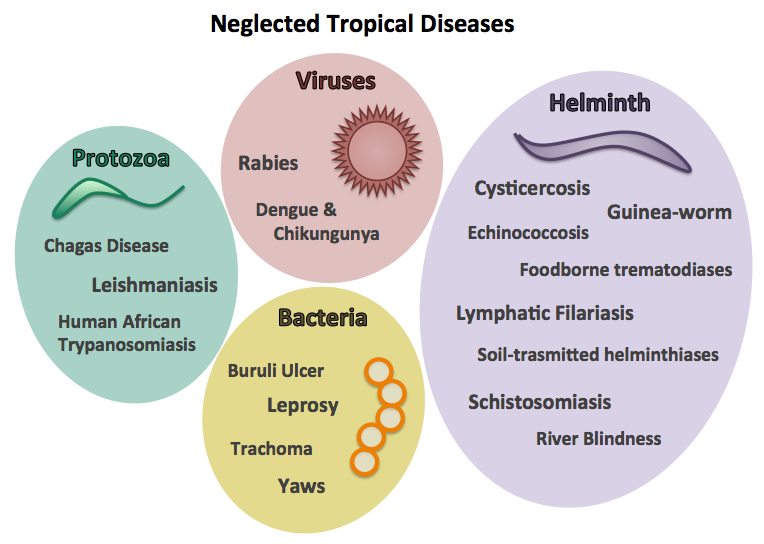Rapid Fire
Eliminating Kala-azar
- 23 Oct 2024
- 2 min read
India is close to achieving the elimination of Kala-azar as a public health problem, meeting the World Health Organization (WHO) certification criteria.
- To receive WHO certification for eliminating kala-azar, a country must maintain less than one case per 10,000 population at the sub-district level for three consecutive years.
- A country must demonstrate that local transmission has been interrupted for a set period and a system is in place to prevent disease re-emergence.
- India has achieved this for two consecutive years and needs to maintain this level for one more year to qualify for the certification.
- With this, India can become the 2nd country in the world after Bangladesh to eliminate Kala-azar.
- Kala-azar is the second deadliest parasitic disease after malaria in India.
- Kala-azar (visceral leishmaniasis or Black fever) is caused by a protozoan parasite Leishmania donovani and transmitted by the bite of an infected female sandfly.
- If untreated, it is fatal in over 95% of cases.
- India aimed to eliminate kala-azar by 2020, while the WHO targets global elimination by 2030 as part of its Neglected Tropical Disease roadmap.
Read More: Global Report on Neglected Tropical Diseases





